A few weeks ago, I got my hands on an early prototype of the CutiePi.
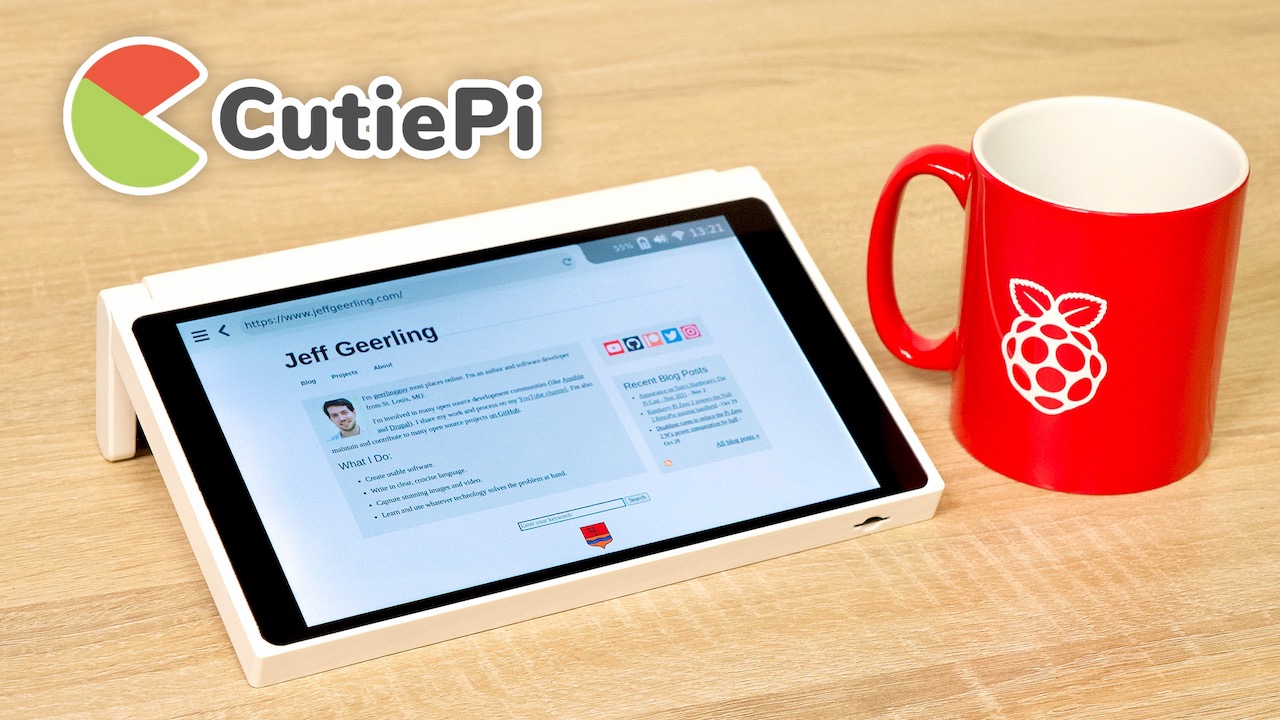
Unlike many other Pi 'tablet' projects, this one is actually more of a, well, tablet, since it is based on the diminutive Compute Module 4. And because of that, and a custom main board, the CutiePi is less than half as thick as the other decent modern Raspberry Pi tablet on the market, the RasPad—plus it has a cute handle:
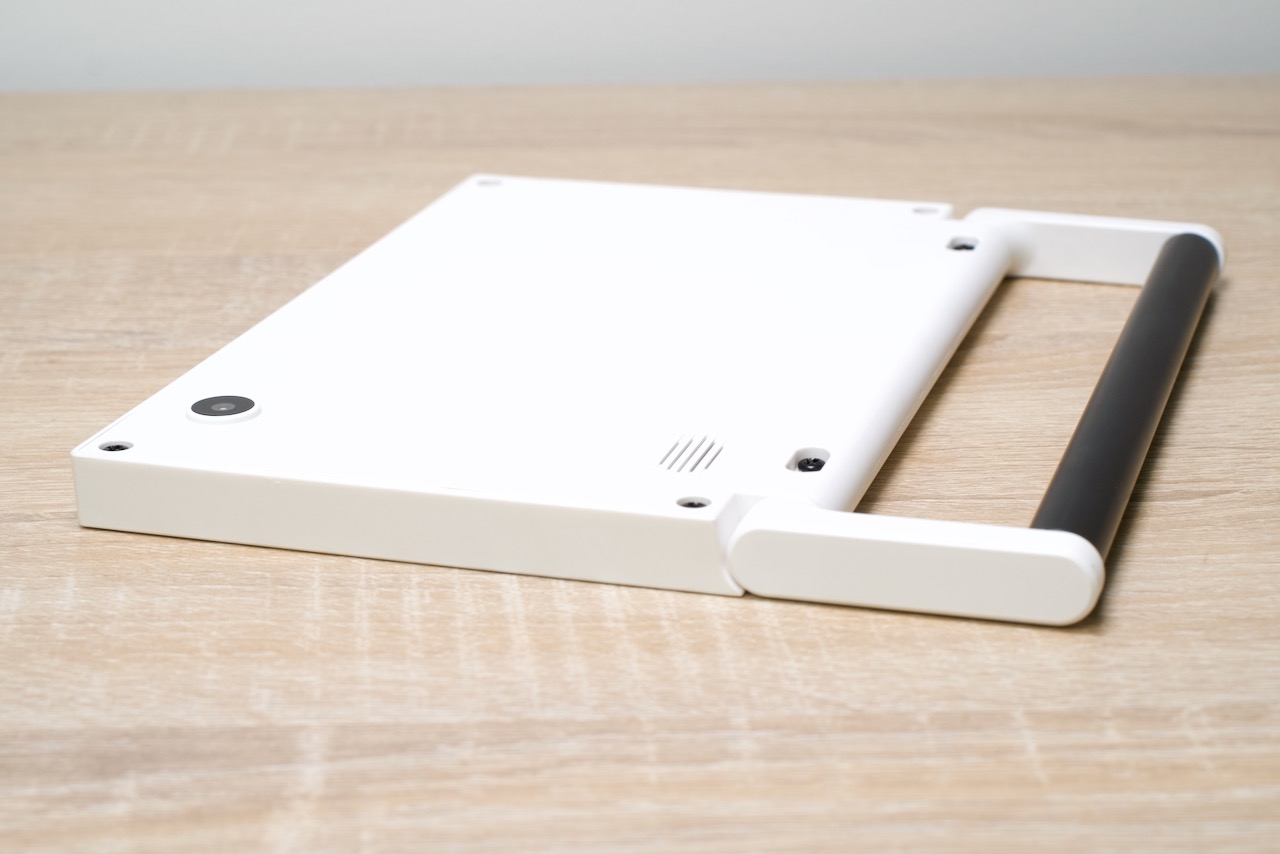
It has an 8" 1280x800 multi-touch display, a 5000 mAh battery, USB 2.0, USB-C power (you can use the tablet while charging), micro HDMI for an external monitor or TV, and a microphone, speaker, and 5MP 1080p rear-facing camera.
But my favorite thing? The rear case pops off after removing eight #2 phillips-head screws! No pentalobe here. The entire design is made to be repairable (to a certain extent), and is also open source, including the custom CutiePi Shell UI, which is so far the best custom tablet UI I've played with on a Raspberry Pi (though... that's not saying much!).
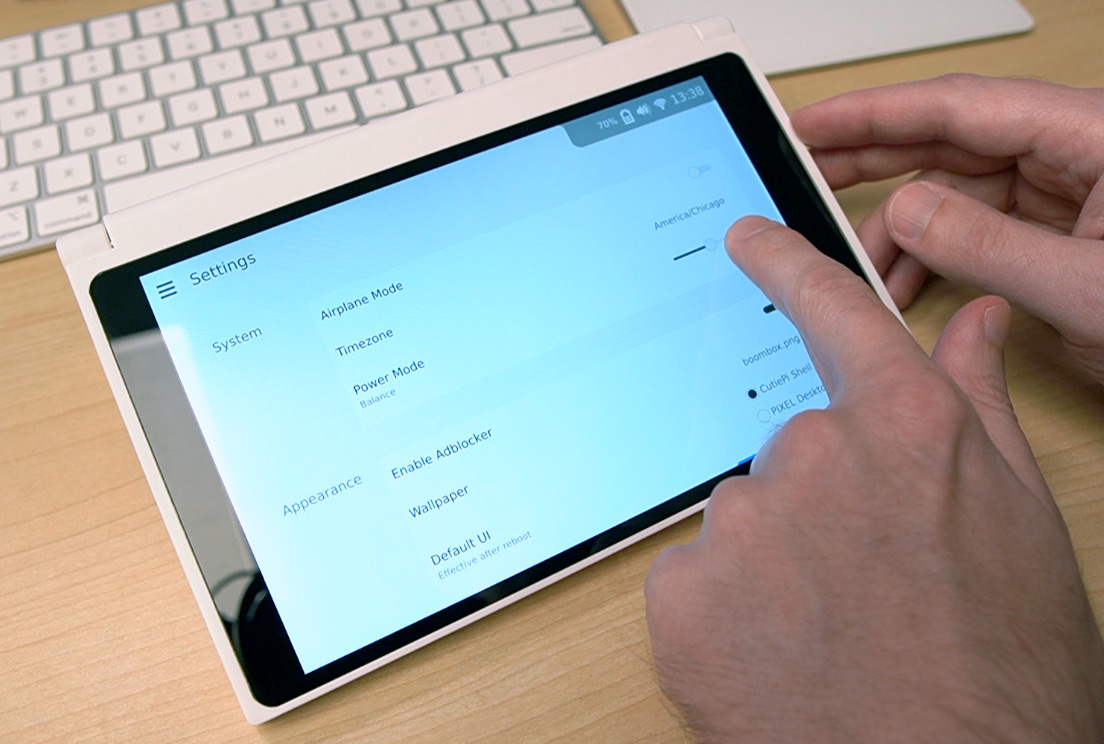
Being based on a Raspberry Pi means you can also run other OSes, for example Ubuntu 21.04, with its own touch-based UI. Support for that, and for some other interesting use cases like being an external keyboard and touchpad in 'convergence mode', is still in the works.
In addition to some shipping woes, the pre-release software I'm using still has some bugs that are being ironed out. In fact, in the course of making my video on the CutiePi, I found an MCU bug that prevented a hard reset in some conditions, and that bug was fixed the next day!
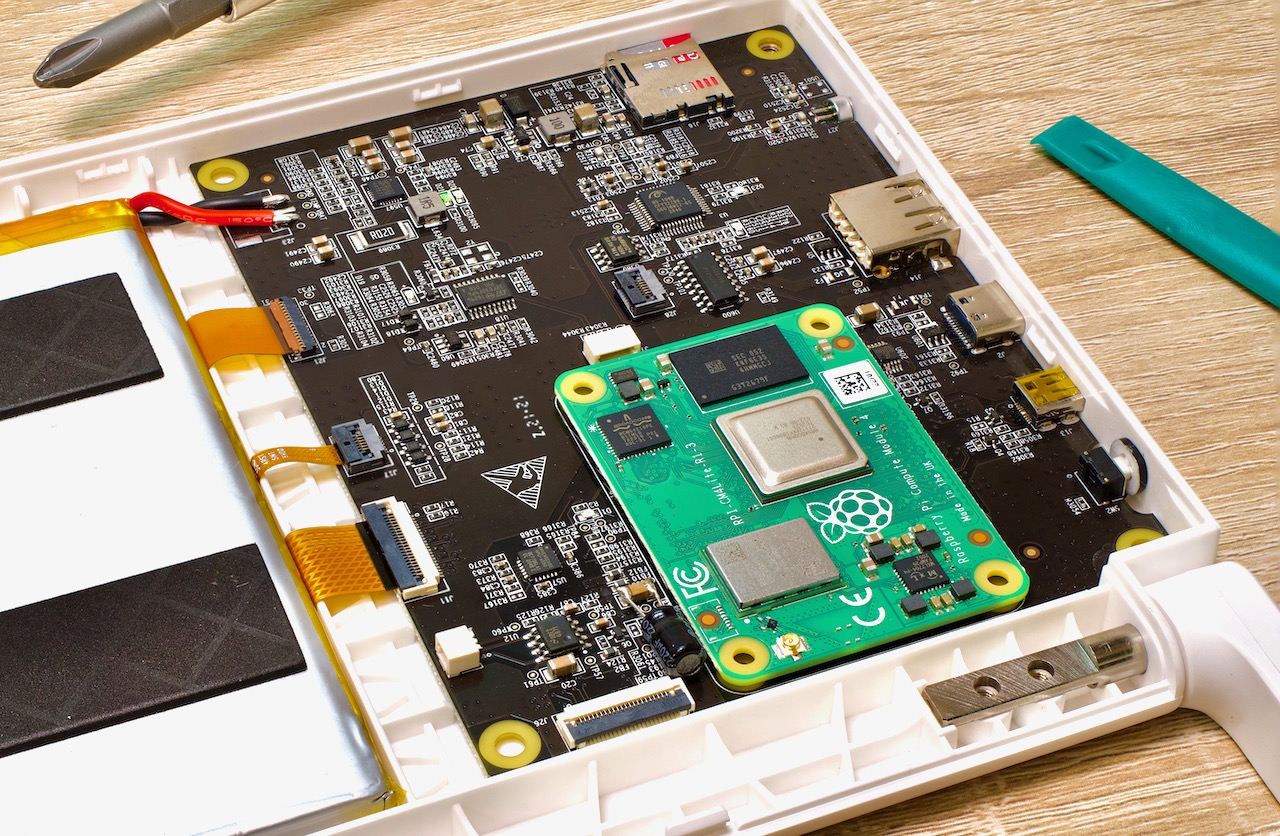
I wasn't expecting too much from the CutiePi, after all, 99% of the Raspberry Pi-based tablets are a touchscreen mounted to a bulky Raspberry Pi 4. This tablet sells for $229, includes a Compute Module, and is built with a custom-molded plastic enclosure.
The enclosure is fairly durable and has a nice grippy texture, but the screen can scratch pretty easily, so if using it for remote access or tossing it in a bag with other things, I'd consider a screen protector.
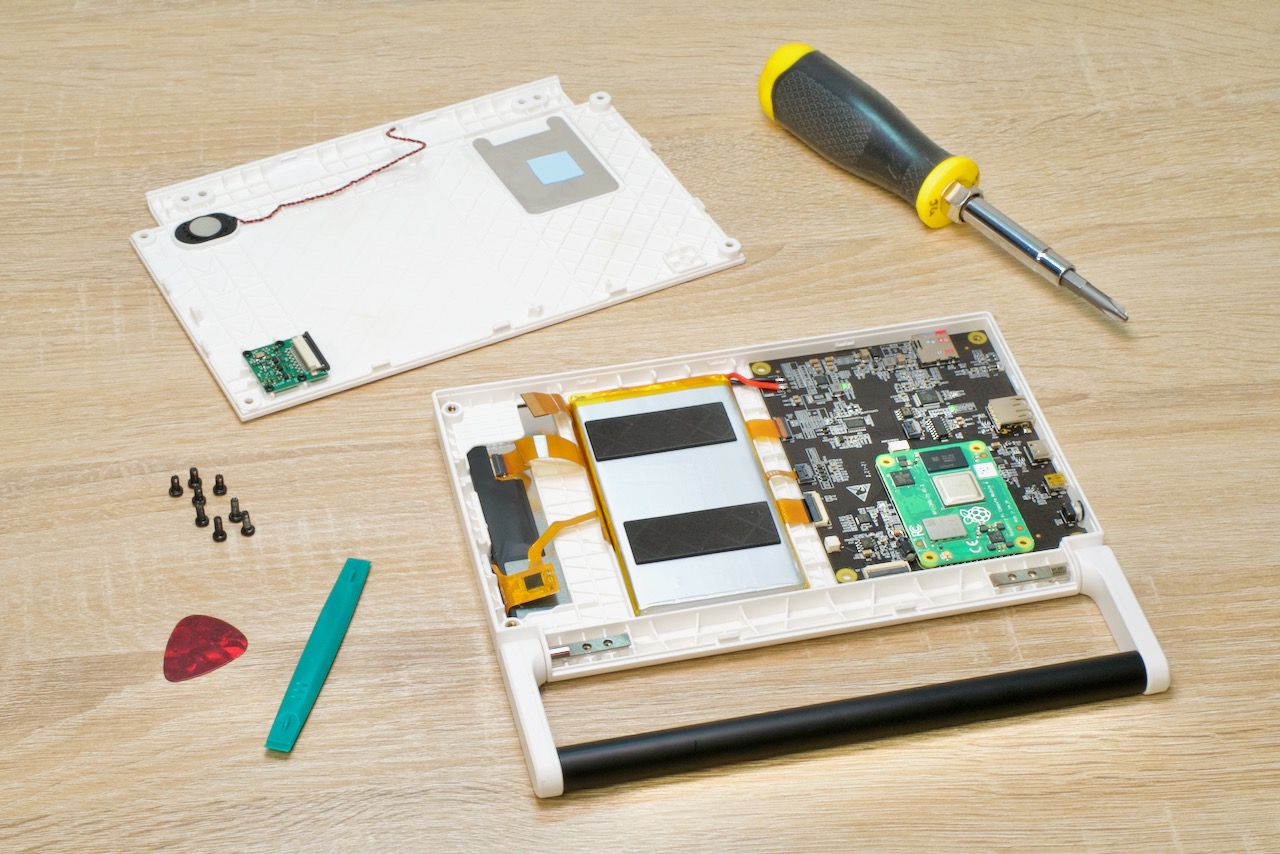
Besides the fact that the experience isn't buttery smooth like even a low-end iPad, one other disappointment that I don't think is solvable with this particular design is the thermals are pretty constrained. Only a few minutes into a stress-ng run results in throttling, from 1.5 GHz to 1.2 GHz. The heat from the Compute Module just has nowhere to go after the thin heat sink is hot—plastic is a pretty good insulator, and there aren't any vents to speak of:
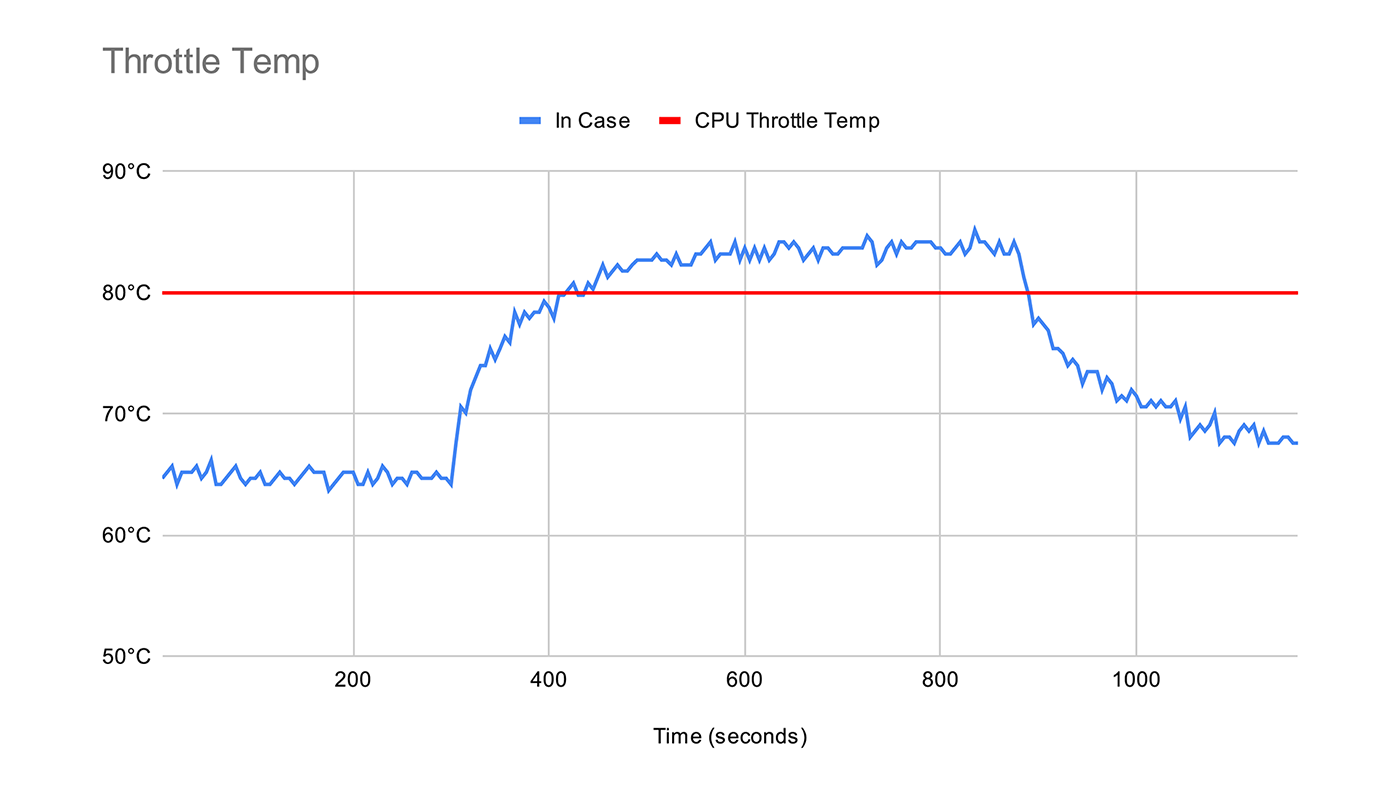
I have a full review of the board in the following YouTube video—please have a watch and see how it handles YouTube, general browsing, and RetroPie, then keep watching for a full teardown!
Comments
Yikes... heat is sunk directly into the battery cell??
No wonder the performance is disappointing, you might as well be putting a much less powerful device in there.
(I wonder if I can get that board by itself though... with relatively slim dimensions, it might be a cost-effective way to get a well-featured carrier board...)
They did offer just the board on the Kickstarter, so it'll be interesting to see whether they offer it separately after they get through their first couple production runs too.
As somebody that backed the thing a year ago and has become increasingly frustrated at the shipping delays and lack of updates, it's nice to know that when if it does eventually arrive it'll be... disappointing. /sarcasm
At least you got to touch one so it's not a complete myth.
I watched your video review. I agree with most of what you said. I feel things like the CutiePi are a novelty or maybe at best a low budget development tool. Trying to compare it to an iPad or say a Galaxy S tablet is just not fair.
I remember seeing you post on Twitter that you were going to buy a Pine64 SOQuartz. I'm curious if you can can test it out on the CutiePi and see how it compares to the CM4 on that platform. Even if you don't do a video I'd like to know what the outcome is.
i also backed the project. I never expected it to be on par with an ipad. From your review it does what I expected. It gives me a highly portable linux platform. I intend to use it for console access and network testing primarily.
I ordered one after seeing your video however still have not received it. The cutiepi people are opaque regarding possible delivery. I'm not the only one in this situation per reddit.
Yeah, I know the kickstarter orders had shipped... but I don't know what's causing the holdup with later orders. I haven't heard from them for over a year now :/